Einleitung
Diese Anleitung wurde von iFixit-Mitarbeiter:innen verfasst und ist keine offizielle Reparaturanleitung von Google. Hier erfährst du mehr über unsere Qualitätsstandards.
Verwende diese Anleitung, um einen gebrochenen oder fehlerhaften Bildschirm einschließlich des Displays und dem Touchscreen am Google Pixel 2 zu tauschen. Es kann kleinere Teile geben, die von dem alten Display auf das neue übertragen werden müssen. Schaue dir beide Displays genau an und stelle sicher, dass alle wichtigen Teile vom alten Display auf das neue Display umgebaut werden.
Werkzeuge
Ersatzteile
-
-
Wenn dein Displayglas zerbrochen ist, dann klebe es mit Klebeband ab. Dadurch werden die Glassplitter zusammengehalten und du vermeidest Verletzungen. Außerdem haftet der Saugheber besser an einer glatten Oberfläche.
-
Bringe den Saugheber so nahe wie möglich an der Kante nahe den Lautstärketasten an, vermeide aber den abgerundeten Bereich.
-
-
-
Ziehe den Saugheber gleichmäßig und fest hoch und setze ein Plektrum zwischen Frontscheibe und Rückgehäuse ein.
-
-
-
Setze das Plektrum nicht tiefer als 9 mm an der Unterkante des Smartphones ein. Wenn das Plektrum den gebogenen Bereich des OLED Panels berührt, kann dieses beschädigt werden.
-
In der oberen linken Ecke darfst du nur sehr knappe Schnitte führen, wenn du tiefer hineinkommst, kann die Frontkamera beschädigt werden.
-
-
-
Ziehe das Plektrum an der rechte Seite des Smartphones nach oben, um den Displayklebstoff aufzutrennen.
-
-
-
Ziehe nun das Plektrum um die rechte obere Ecke und weiter entlang der oberen Kante des Smartphones.
-
-
-
Ziehe das Plektrum um die linke obere Ecke und weiter an der linken Kante des Smartphones nach unten.
-
-
-
Ziehe nun das Plektrum weiter um die untere linke Ecke und weiter entlang der unteren Kante. Halte das Plektrum leicht schräg zum Display, um Schäden an den Ecken des OLEDs zu vermeiden.
-
-
-
Setze das Plektrum nun erneut an der oberen Kante ein und heble vorsichtig das Display hoch.
-
-
-
Lege das Display nun vorsichtig wie abgebildet auf das Rückgehäuse und achte darauf, dass das Displayflachbandkabel nicht geknickt oder abgerissen wird.
-
Entferne die zwei 4,0 mm T5 Torx-Schrauben, mit denen die Displaykabelhalterung befestigt ist.
-
-
-
Verwende die Spitze eines Spudgers, um den Displaykabelstecker nach oben zu klappen und aus seinem Anschluss auf der Hauptplatine zu ziehen.
-
-
-
Zum Entfernen der Kamerahalterung musst du sie erst erwärmen und dann mit einer dünnen Metallklinge vom alten Display abhebeln.
-
Das Lautsprechergitter besteht aus zwei Schichten — ein Gitter aus Metallgewebe und dahinter eine dünne Lage aus Stoffgewebe. Ziehe mit einer Pinzette beide Schichten gemeinsam vom alten Display ab. Trenne sie dabei auf keinen Fall voneinander.
-
Schneide zwei Ecken eines vorgestanzten Klebebogens so ab, dass keine Seite länger als 12 mm ist, oder schneide vier 12 mm lange Stücke von doppelseitigem Klebeband ab.
-
Bringe die Klebestreifen an Kanten der flachen Seite der Frontkamerahalterung an. Wenn du fertig bist, sollten an allen vier Kanten der Kameraöffnung Klebestreifen sein.
-
Drücke den Kleber vorsichtig mit einem Finger oder einem Spudger fest.
-
-
-
Setze die Kamerahalterung in ihren Schlitz um die Frontkamera ein.
-
Ziehe die weiße Schutzfolie von den Klebestreifen ab.
-
-
-
Verbinde den Displaykabelstecker des neuen Displays mit dem flachen Ende des Spudgers oder einem Finger.
-
Um Press-fit Verbinder wie diesen hier einzustecken, musst du erst eine Seite sorgfältig ausrichten und nach unten drücken, bis er einrastet. Wiederhole das Ganze für die andere Seite. Drücke nicht in der Mitte nach unten. Wenn die Kontakte nicht gut aufgesetzt sind, können sie sich verbiegen und dauerhaft beschädigt werden.
-
-
-
Richte die Unterkante des neuen Displays sorgfältig an der Unterkante des Smartphonegehäuses aus.
-
Setze zuerst das Display mit der Unterkante in das Gehäuse ab und klappe es langsam nach unten, wobei du auf die richtige Passung achten musst.
-
Setze das Display in das Gehäuse hinein und drücke an der Öffnung für die Frontkamera nach unten, so dass du sicher bist, dass die Halterung am Display festklebt.
-
Hebe das Display wieder vom Smartphone weg und überprüfe, ob die Kamerahalterung wirklich am Display festklebt.
-
-
-
-
Schneide ein etwa 3 cm langes Stück von 1 mm breitem doppelseitigen Klebeband ab.
-
Lege den Klebestreifen an der oberen Kante des Ohrhörer-Lautsprechers in deinem neuen Display entlang, so dass er mittig über dem Schlitz ist und die Oberkante berührt.
-
Drücke den Klebestreifen sorgsam mit dem Finger oder einem Spudger fest.
-
Befestige mit der gleichen Methode den zweiten gleichartigen Klebestreifen an der Unterkante der schlitzförmigen Lautsprecheröffnung.
-
Ziehe die weiße Schutzfolie von den beiden Klebestreifen ab.
-
-
-
Setze das Lautsprechergitter lose in seinen Schlitz ein, so dass die abgerundete Seite im Schlitz sitzt und die flache Seite vom Display weg zeigt.
-
Achte darauf, dass das Gitter mittig und richtig ausgerichtet im Schlitz drin sitzt, bevor du es nach unten gegen den Kleber andrückst.
-
-
-
Drücke die Kanten des Lautsprechergitters mit dem flachen Ende eines Spudgers oder deinem Finger gegen die Klebestreifen herunter.
-
Wiederhole die vorigen Schritte für das untere Lautsprechergitter.
-
Vergleiche dein neues Ersatzteil mit dem originalen Teil. Du musst eventuell Komponenten übertragen oder vor dem Einbau Schutzklebefolien vom neuen Teil abziehen.
Um dein Gerät wieder zusammenzubauen, folge dieser Anleitung in umgekehrter Reihenfolge.
Entsorge deinen Elektromüll sachgerecht.
Hat die Reparatur nicht ganz geklappt? In unserem Forum findest du Hilfe bei der Fehlersuche.
17 Kommentare
I removed my screen to change the battery but unfortunately I wasn’t careful enough and nicked the display on one of the corners resulting in a dead screen now.
I can replace the screen np, but I was wondering, I should be able to still connect my phone to my PC to check it is still working right? Because I have it connected now but there seems to be no power at all and my phone isn’t connecting to my PC to do a full backup. I have double checked all connections and held the power button in to try start it up or will it not start up if the screen is broken?
Have you gotten any further? I was doing a battery replacement and while removing the screen it cracked. Since I didn’t have a spare screen, I reassembled the phone with the cracked screen and saw some flashes of light but was dark. Upon attaching a replacement screen I get nothing on screen but can feel the vibration of the phone restarting. Tried a second replacement screen but no different.
I needed to back up my files and pictures from my Pixel 2 to my PC with a dead screen just yesterday. I used the “squeeze” feature and asked the Google assistant to “turn on talkback.” This allows you to blindly navigate the screen (providing the touch functions still work). You can then use this feature combined with the Google assistant and fingerprint reader to open the navigation bar and change the PC connection from “charge only” to PTP. This will allow you to transfer your files. Hope this helps.
Sarah J. -
I recommend using a playing card instead of the plastic guitar pick to cut the adhesive once you get the side pried up a bit. It took just a moment for my hand to slip and the pick went too far in and chipped the corner of the OLED display. I also was trying to avoid using heat, but using even just a little of the low setting on my Harbor Freight heat gun really helped soften the adhesive up.
This sounds like a great idea! I just put a pack of old playing cards in my repair kit. I destroyed my OLED display with a pick too. Hopefully next time I remember to use the playing cards and don’t mess this up.
I have replaced my screen with a new one but now the touch screen function doesn’t work. I can view the screen just can’t tap or select anything. does anyone have any advice? I have already detached and reattached the display cable connector but I’m still having the same issue.
I’m having the same issue. Did you find a fix?
Try doing a hard reset. On my screen once I reset it the touch started to work.
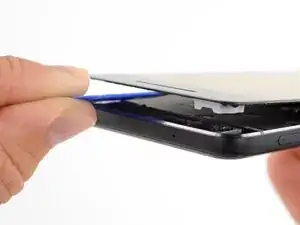
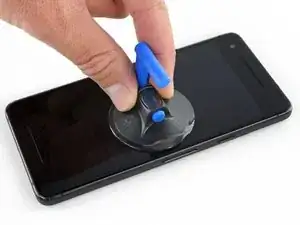
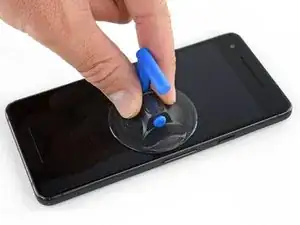
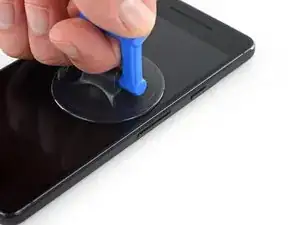
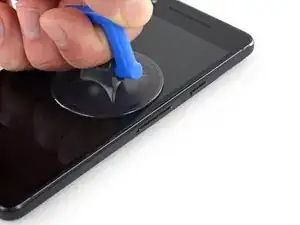
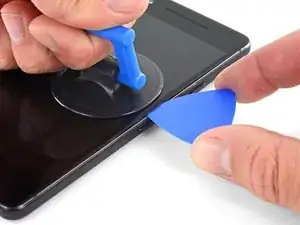
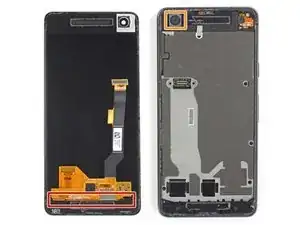
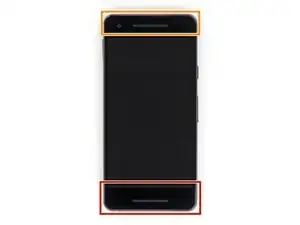
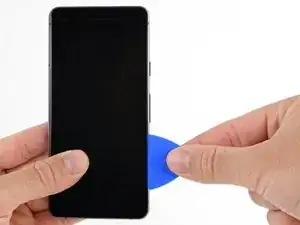
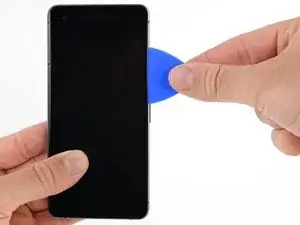
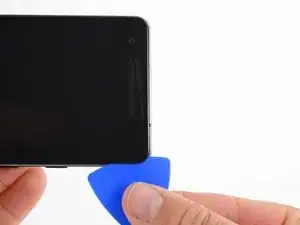
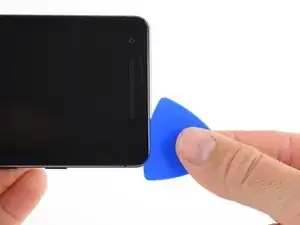
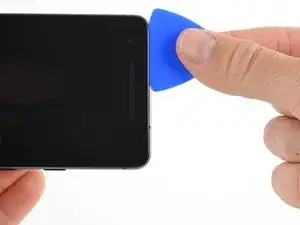
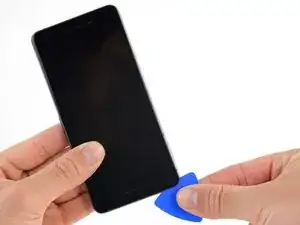
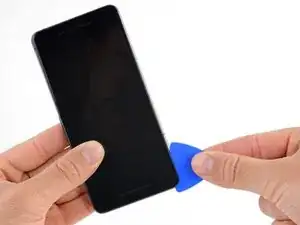
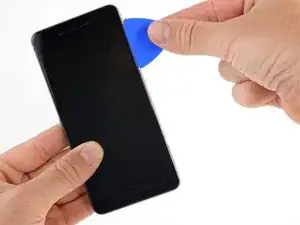
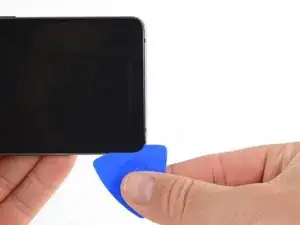
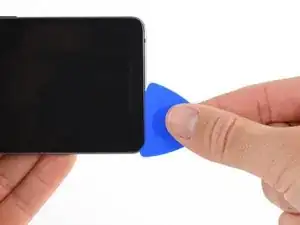
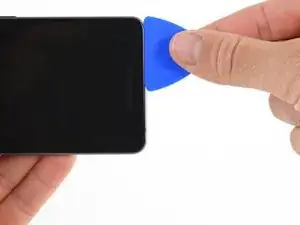
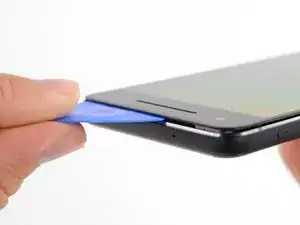

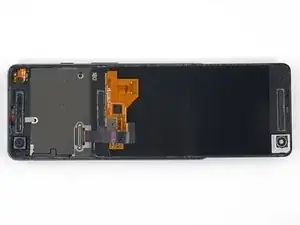
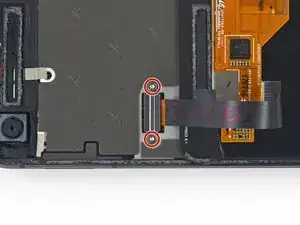
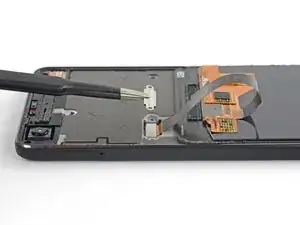
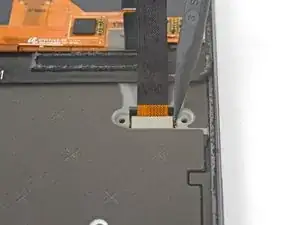

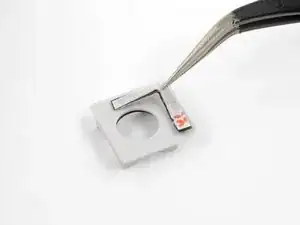
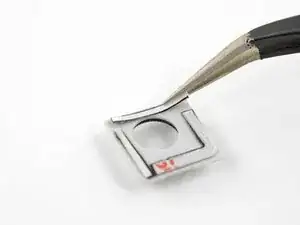
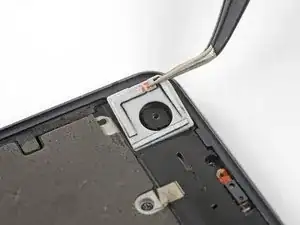
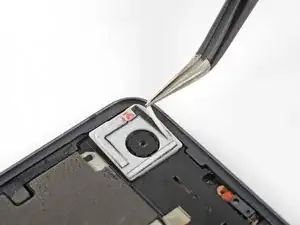
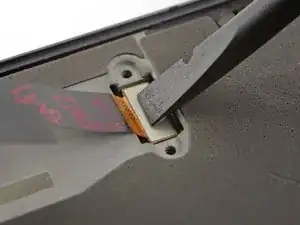
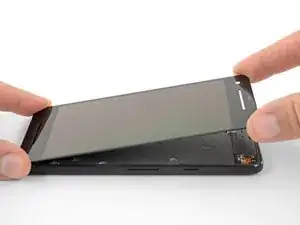
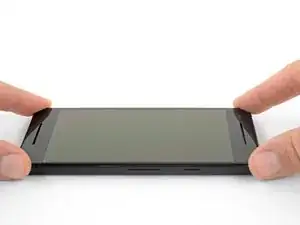
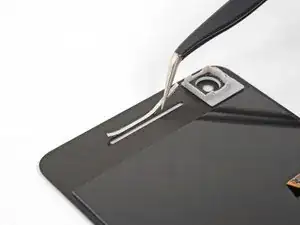
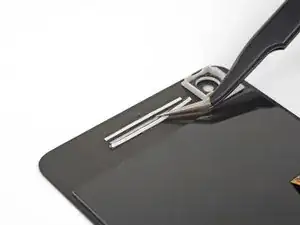
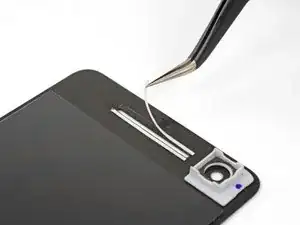
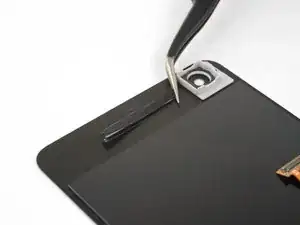
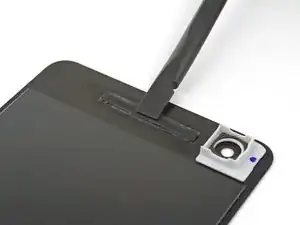

My screen is severly cracked. I would recommend clear packaging tape as it is wide enough to accomodate the suction cup. Thinner cellophane tape won’t seal properly.
John Tippitt -
Does the Google Pixel 2 have be powered off before removing the digitizer screen? Its not mentioned in this article...
Will the phone be damaged if the power is still on when disconnecting the broken screen?
Alex -
Replacing the battery in my Pixel 2 was successful because I read the comments. They are invaluable in this endeavor.
David Castro -
Suggest procedure revision:
Step 1: Read all steps and associated comments before proceeding.
Step 2: Ensure they supplied you with the right F$%^ING TOOLS in the kit before proceeding.
I'm F$%^ED because any store around me that might have this T4 Torx bit is already closed and my screen is already off. My kit came with a T2 Torx bit which is not used anywhere in this entire process.
Jens Davidsen -
I bought one of the kits and it had everything needed to change the battery except the alcohol, including spudgers, screwdriver, torx (2 sizes), tweezer, alcohol dispenser, glue strips and die-cut glue card that fit the phone case perfectly. I followed these instructions and read the comments. Applied alcohol and patience, took my time and got the job done without any damage to the phone. Thank you ifixit!
Jeffrey Price -